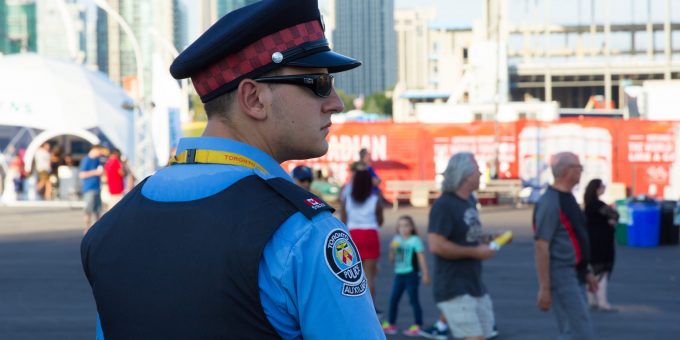
Toronto police officers' focus on hate crimes that are "extreme, deliberate, and intentional" can obscure other, more nuanced forms of hate experienced by Black and other racialized communities. Tibor Kovacs, https://flic.kr/p/DmfSU2
Determining “Hate”
In 2020, the number of reported hate crimes in Canada rose by 37% to hit its highest recorded level. But what happens after reporting? Writing in the Canadian Review of Sociology, Timothy Bryan draws on 34 semi-structured interviews with police personnel as well as analysis of government and police policy documents to examine how the police make decisions about the pursuit of racially motivated and anti-Black hate crimes reported in the Greater Toronto Area.
Bryan’s interviews reveal that the majority of investigators find determining offender motivation the most difficult aspect of hate crime investigation: “In cases where officers determined that an incident was in fact a hate crime and were able to locate suspects and lay charges, the incidents were particularly egregious, involving deliberate acts that resulted in significant harm to victims.” While police claim that the circumstances of a given incident determined how police responded and whether a case was ultimately solved, the ability of police to identify incidents as hate crimes was dependent on the way police viewed and understood hate—aspects that rely, in turn, on officers’ own perceptions of race and racism.
For many police officers, hate crimes are easy to identify when they are “extreme, deliberate, and intentional.” Recognizing hate crime in this form aligns with conventional notions of racism as extremism, notions that in many ways, support the dominant criminal justice framework around hate crime in Canada. However, the author argues that these notions of hate crime can be problematic, “because they prevent other expressions of racism experienced by Black and other racialized communities from coming into view.” As the author writes, “Furthermore, they fail to recognize the ways in which racism and anti-Blackness are woven into the everyday experiences and encounters of Black and racialized communities.”
